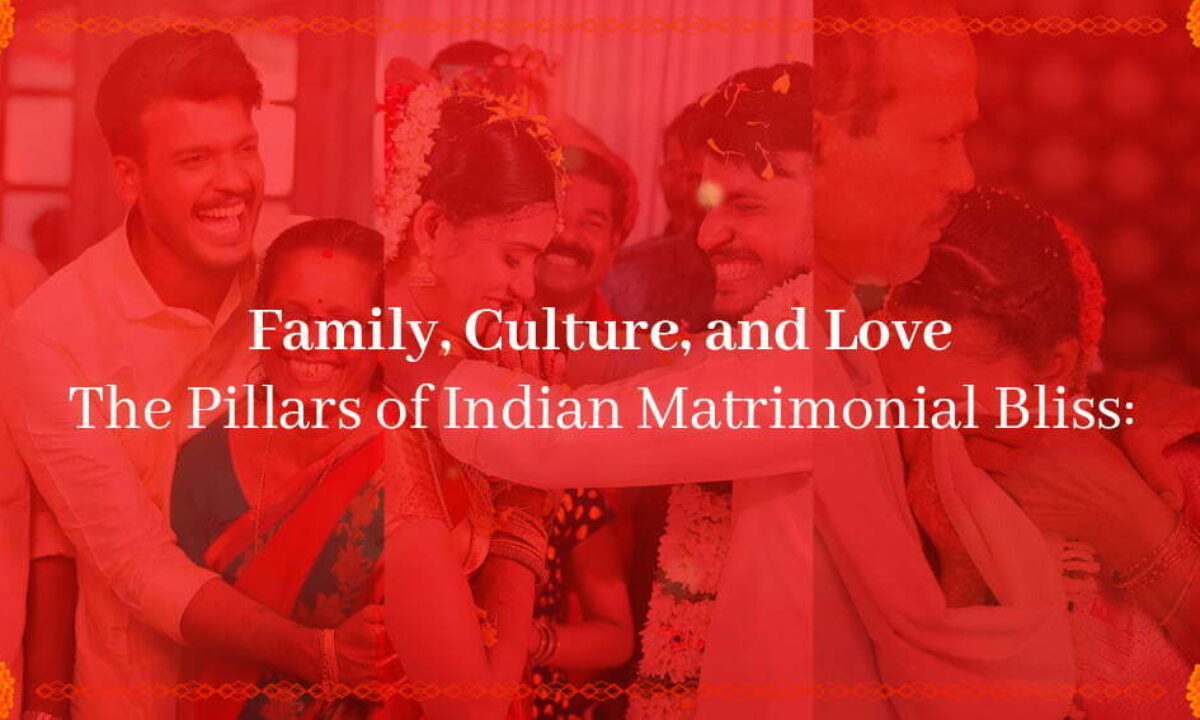
Cultural Insights Understanding Indian Matrimonial Traditions and Customs
Indian matrimonial traditions are deeply rooted in the country’s rich cultural heritage. Understanding these customs can provide valuable insights into the significance and beauty of Indian weddings. Here are some key aspects:
1. Arranged Marriages
Arranged marriages are a common practice in India, where families play a significant role in finding a suitable match. This tradition emphasizes the union of families, not just individuals.
2. Horoscope Matching
Astrology plays an essential role in many Indian marriages. Families often consult astrologers to match the horoscopes of the prospective bride and groom to ensure compatibility.
3. Pre-Wedding Rituals
Several pre-wedding rituals are performed to bless the couple and ensure a prosperous marriage. These include the engagement ceremony, Mehendi (henna) ceremony, and Sangeet (music) night.
4. Wedding Ceremony
The wedding ceremony itself is a grand affair, often lasting several days. It includes rituals like the Kanyadaan (giving away of the bride), Mangal Pheras (circling the sacred fire), and Sindoor (vermilion) application, symbolizing the marital bond.
5. Post-Wedding Customs
Post-wedding traditions, such as the Bidaai (farewell of the bride) and Griha Pravesh (welcoming the bride to her new home), are emotional moments that mark the bride’s transition to her new family.
6. Regional Variations
India’s diverse culture means that matrimonial traditions vary significantly across regions. For example, South Indian weddings differ from North Indian weddings in terms of rituals, attire, and cuisine.
7. Significance of Jewelry
Jewelry plays a crucial role in Indian weddings, symbolizing prosperity and marital status. Each piece of jewelry worn by the bride has a specific cultural and traditional significance.
8. Traditional Attire
Brides typically wear elaborate outfits such as sarees or lehengas, while grooms often wear sherwanis or dhotis. The choice of attire often reflects regional customs and traditions.
Understanding these traditions and customs provides a deeper appreciation for the rich cultural tapestry that defines Indian matrimonial practices. Each ritual and tradition has a unique significance, contributing to the overall beauty and sanctity of the marriage ceremony.


